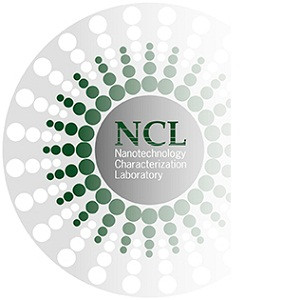The complement present in plasma is a group of approximately 30 proteins which are produced by the liver. Plasma complement plays an important role in innate immunity and promotes adaptive immunity against pathogens. Activation of plasma complement may occur in response to a drug product. Such undesirable activation results in immediate-typehypersensitivity reactions independent of immunoglobulin E. These reactions are often referredto as Complement Activation Related Pseudoallergy (CARPA). Although CARPA has been observed in the clinic with various types of drug products, nanoformulations, and especially PEGylated liposomes, are frequent causes of CARPA in patients. Activation of plasma complement is initiated via three main pathways, the classical, the alternative and the lectin pathway, all of which converge at the complement component 3 (C3) to form a common, terminal pathway leading to the formation of the membrane attack complex. Cleavage of C3, C4 and C5 components of the plasma complement results in generation of several split products, C3a, C4a, and C5a, which are also known as anaphylatoxins. The anaphylatoxins are the main triggers of the symptoms observed in CARPA. The larger split products (C3b, C4b, and C5b) are opsonins which bind to and accelerate the clearance ofpathogens.Recently, the concept of complement has been expanded to include so-called intracellular complement. The complement protein C3 has been found in many cells including lymphocytes, monocytes, endothelial and even cancer cells. The activation of intracellular complement generates split products which are exported from the cell onto the membrane. Since the activation of intracellular complement in T-lymphocytes was found to correlate with autoimmune disorders, and growing evidence is available for the involvement of T-lymphocytes in the development of drug-induced hypersensitivity reactions, understanding the ability of nanomaterials to activate intracellular complement may aid in establishing long-term safety profiles for these materials.



